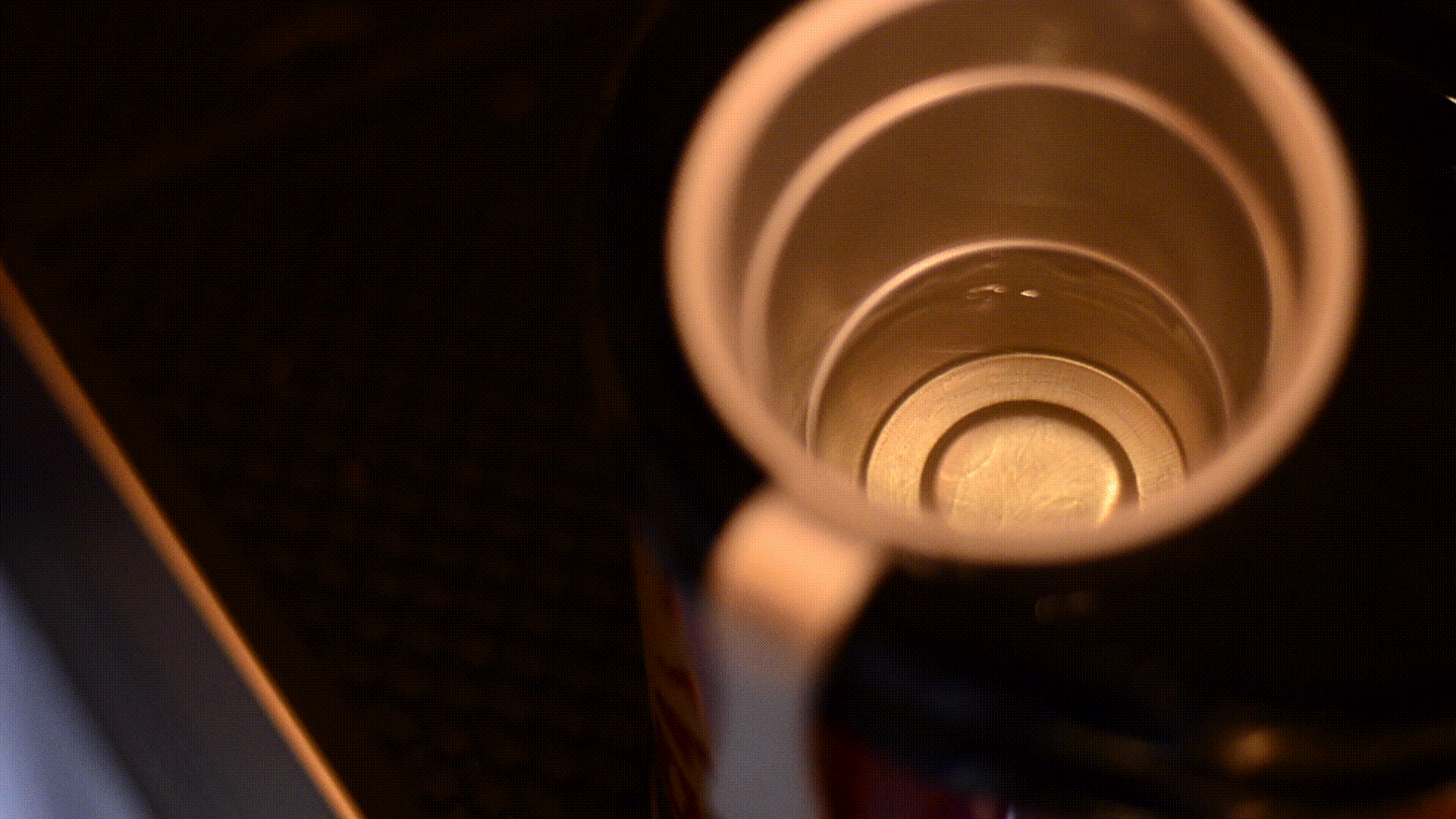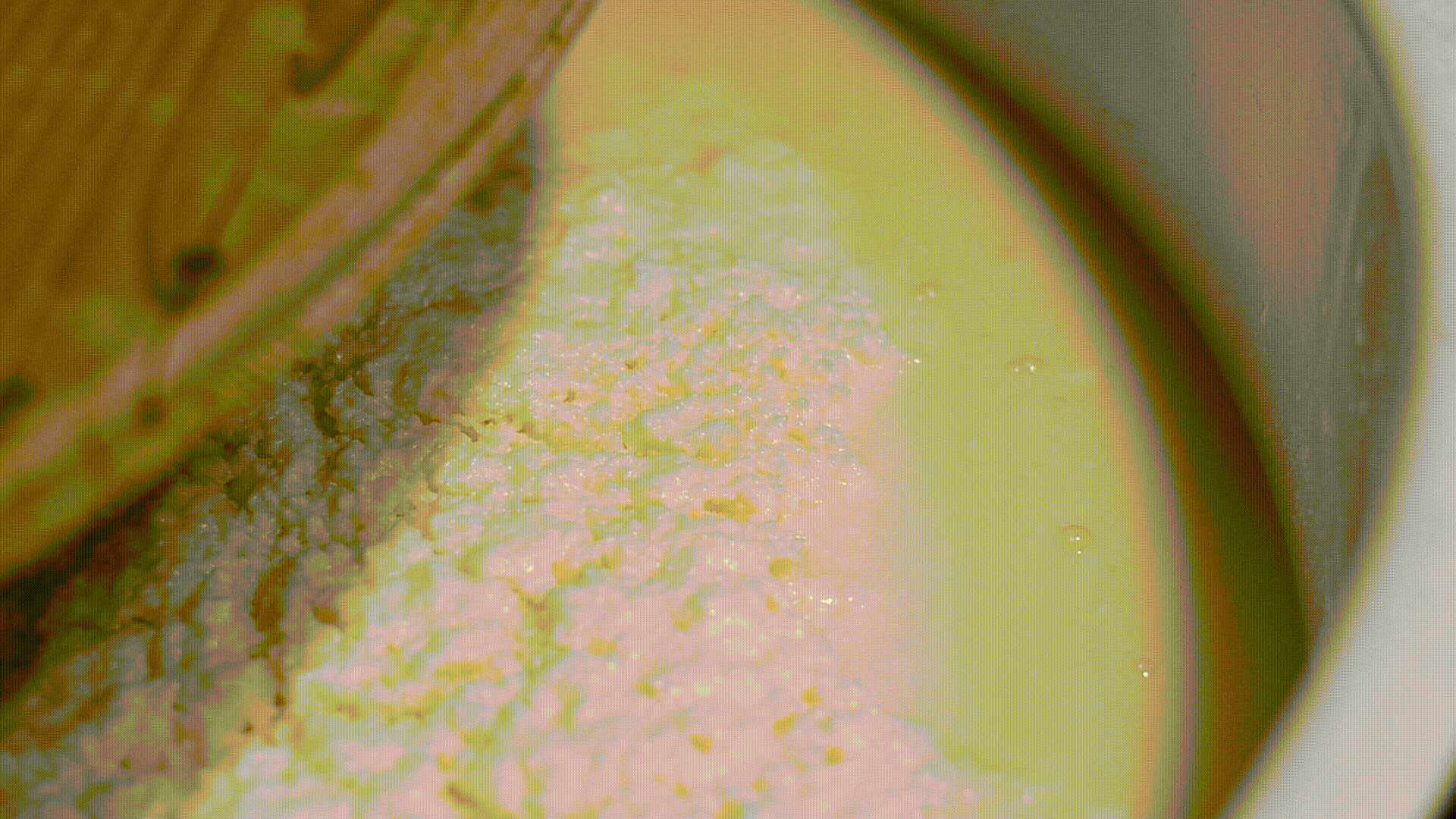Hello again, cultured reveler, I’m Luis from Shukuu Izakaya.
To follow up on my previous post, “5 Reasons to Drink Sake”, I would like to dispel a few myths about drinking Sake. Many of my customers come into my bar with these misconceptions, and being the avid Sake Sommelier, I wondered what other Sake myths are out there.
People have fallen in love with Sake ever since it has made its foray into the global market. Now renowned all over the world, even French restaurants with Michelin stars serve Sake! But as much as it is loved, there are a few misunderstandings about it—some which may mar your experience with Sake. So let’s bust some myths and uncover the full pleasures of Sake!

This is completely untrue!
In the past, Sakes were served warm to mask the harsher flavours and impurities. While there are certain Sakes that taste exquisite when warm, it is because of design. But today, the mention of serving ‘premium Sakes’ warm is a cardinal sin. The finer the Sake, the more sensitive it is to heat, and that’s why ‘premium Sakes’ are not often warmed before serving.
Some Sake journeymen still believe the "Best Sakes" are Junmai Daiginjos. But, this isn’t true. Here at Shukuu Izakaya, we believe that no matter the grade of the Sake, it’s still good Sake. Sake classified with the word Junmai merely means that no distilled alcohol has been added during the brewing process—it is made purely from rice. On the other hand, Futsu Sake, or normal Sake, is brewed with distilled alcohol. But this doesn’t mean it’s any less enjoyable! To find out more about the different grading classes of Sake Read my post, “Tasting 1200 years of Japanese Sake”!
With the advent of Junmai Daiginjos and Artisanal Sakes, we are able to enjoy refreshing, chilled Sake without losing out on the complexities and the taste profiles that this drink has to offer!
Sushi and Sake get along famously, but did you know that traditionally, sushi and Sake are not supposed to be served together since they are both made from rice? Of course, this is another myth, just like the myth that Sake should only be served with sushi.
Remember this saying from my previous post? ‘Nihonshu wa ryori wo erabanai.’ This translates as "Sake doesn’t fight with food." It means that Sake is a beautiful backdrop for any cuisine due to its delicate, unadulterated flavour.
But it’s true that Sake can taste best with seafood. It's clean, neutral flavour doesn’t overpower
seafood, letting you appreciate both the fresh seafood and the Sake, without compromise.
Fun fact! From my interview with Mr Kobayashi-san, we learnt that depending on the brewery location, the water changes. Near the mountains, Sakes are paired with meats, vegetables and dairy. Near the ocean, Sakes are paired with seafood. So take note of where the Sake is made!
Sake is often referred to as a “rice wine”. That’s probably why some people believe that Sake belongs with cheap cooking wines like Mirin and Michiu.
But, Sake has a fermentation process that is more similar to beer brewing. It is an art form that has been perfected over the years. You can read more about the intricacies of this process in my 5 Reasons To Drink Sake post.

It’s a tough and grueling process that requires patience, skill and a keen attention to detail. So you see, with such dedication and care put into its brewing, Sake is far from “low quality”.
 My recent visit to Sawahime in Tochigi prefecture, Toji(Sato-San) is making records every hour to check on the condition of the rice koji
My recent visit to Sawahime in Tochigi prefecture, Toji(Sato-San) is making records every hour to check on the condition of the rice koji
 Sanitizing the Equipments
Sanitizing the Equipments
 Washing up the barrels
Washing up the barrels
Many people believe that if you tried one type of Sake, you have tried them all. WRONG! There are so many different types of Sake out there! at Shukuu Izakaya, we carry around 68 different types. And they all have their own distinctive flavours and texture. We even have our own Shukuu Izakaya Sake, made by a storied brewer and bottled in a special Tokkuri (clay flask).
 Shukuu’s Special Sake
Shukuu’s Special Sake
Sake is also classified in their own unique way—by the percentage of how much of the outer layer of each rice grain is polished or milled away. The more the outer rice grain is polished away, the more refined and higher the quality of the Sake. To read more about the polishing of the rice grain, read here.
Sake Bombs have become something of a cult beverage ritual, especially in the West. It is a drinking novelty where one balances a glass of Sake on chopsticks, perching on top of beer… Only to let it drop, and let the two beverages mix. For the record, we do have a game called Okine here, which you can play when you visit us!

Photo credit: https://pogogi.com/sake-bomb
But Sake drinks are not restricted to Sake bombs! Exquisite cocktails like the Hiro Sunrise are pleasing to the eye and to the palate. At Shukuu Izakaya, we are currently researching and crafting our own sake cocktails. It will be released in end of 2017.
 Umeboshi Chu-Hi; Photo credit: https://talesofthecocktail.com/behind-bar/get-know-chuhai-uber-refreshing-highball-made-spring-sipping
Umeboshi Chu-Hi; Photo credit: https://talesofthecocktail.com/behind-bar/get-know-chuhai-uber-refreshing-highball-made-spring-sipping
While Sake is still delightful when mixed, it is a shame to have all that flavour masked or diluted. When served with premium, top notch Sake, it is best to savour it as it is. This will let you enjoy the true depth of this fine drink.

The Gui-nomi; http://experiencesake.com/stylish-sake-cocktails-2-709
Traditional earthenware vessels are the classic and traditional way to drink Sake, but the true serving vessel is determined by the Sake’s aroma profile.
Ochoko cups are most suited for hot Sake since the ceramic is able to retain heat, keeping it warmer for a longer period.
Chilled Daiginjos are enjoyed like white wine, and are best served in a stemmed wine glass that will keep the Sake away from the hand’s heat.
Milder Junmais taste best when served in elegant small glasses. This matches its lighter, subtle flavours.
1.jpg)
Here at Shukuu Izakaya, we make sure to serve it in the vessel that the Sake is suited for, and this will give customers the true experience.
I hope that this article has helped you understand Sake a little more and I hope this will help to enhance your next experience with Sake! Whether you will be taking your first sip of Sake or you are a Sake Sommelier like me, come and join us at Shukuu Izakaya! Let’s celebrate this wonderful drink together!